Keeping your mattress clean and protected is key to extending its lifespan. One important component of mattress maintenance is regularly washing your mattress protector. Not only does this help keep your mattress in top condition, but it also promotes a healthier sleeping environment. Follow these simple steps to properly wash your mattress protector and ensure it stays clean and fresh for years to come.How to Wash a Mattress Protector
It is recommended to wash your mattress protector at least once a month, or every time you change your sheets. This helps prevent the buildup of dust, sweat, and other allergens that can affect the quality of your sleep. Of course, if you spill something on your mattress protector, it is important to wash it immediately to prevent staining.How Often Should You Wash a Mattress Protector?
Yes, it is important to wash your mattress protector before using it for the first time. This will help remove any potential chemicals or residues from the manufacturing process. It will also help soften the fabric and make it more comfortable to sleep on.Do You Need to Wash a Mattress Protector Before Use?
Yes, most mattress protectors can be safely dried in the dryer. However, it is important to check the care instructions on the label before doing so. Some protectors may require air drying to prevent shrinking or damage to the waterproof layer.Can You Put a Mattress Protector in the Dryer?
The first step to cleaning a mattress protector is to remove it from the bed and wash it separately from your sheets. This will prevent any damage to the protector and ensure a thorough clean. Next, check the care instructions on the label to determine the appropriate water temperature and detergent to use. It is best to use a mild detergent and avoid any fabric softeners, bleach, or harsh chemicals. These can damage the waterproof layer and reduce the effectiveness of the protector. If your mattress protector has any stains, you can pre-treat them with a stain remover before washing.How to Clean a Mattress Protector
While it is not necessary to wash your mattress protector after every use, it is important to do so regularly. This will help maintain its waterproof and protective properties. If you have children or pets who may frequently soil the bed, it may be necessary to wash your protector more often.Do You Need to Wash a Mattress Protector After Every Use?
If your mattress protector has any stains, it is important to address them as soon as possible. First, mix a small amount of mild detergent with water and use a clean cloth to gently dab at the stain. Avoid scrubbing, as this can damage the fabric. If the stain persists, you can use a stain remover specifically designed for delicate fabrics. For tougher stains, you can also try mixing equal parts baking soda and water to create a paste. Apply the paste to the stain and let it sit for a few hours before gently wiping it off and washing the protector as usual.How to Remove Stains from a Mattress Protector
No, it is not recommended to use bleach on a mattress protector. Bleach can damage the waterproof layer and reduce the effectiveness of the protector. Instead, opt for a mild detergent and spot treatment for stains.Can You Use Bleach on a Mattress Protector?
Once you have washed your mattress protector, it is important to dry it properly to maintain its shape and protect its waterproof layer. If the care instructions allow for it, you can safely dry your protector in the dryer on a low heat setting. Alternatively, you can air dry it by laying it flat on a clean surface or hanging it on a clothesline.How to Dry a Mattress Protector
If you are returning a mattress protector, it is important to check the store's return policy. Some may require the protector to be washed before returning it, while others may not. It is always a good idea to wash it beforehand to ensure it is clean and in good condition for the next user.Do You Need to Wash a Mattress Protector Before Returning It?
Why Washing Your Mattress Protector is Important for a Clean and Healthy Bedroom
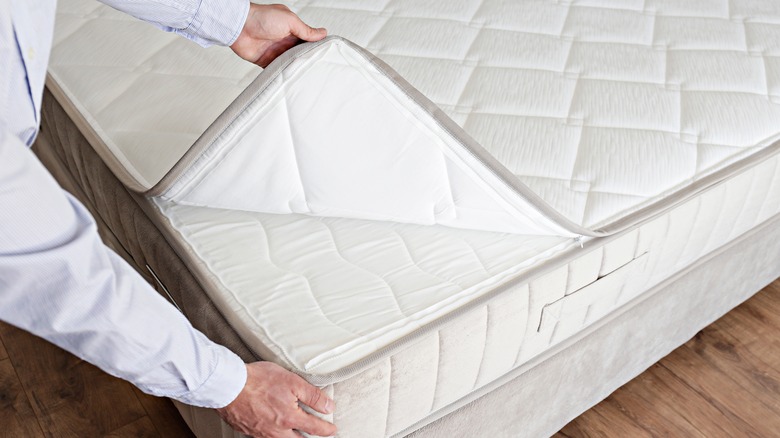
Protect Your Mattress, Protect Your Health
 When it comes to keeping our bedrooms clean and hygienic, we often focus on washing our sheets and pillowcases regularly. However,
a mattress protector
is just as important in maintaining a clean and healthy sleeping environment. This
essential bedding item
acts as a barrier between you and your mattress, protecting it from spills, stains, and dirt. But just like sheets and pillowcases, it also needs to be washed regularly.
Washing your mattress protector not only helps to keep your mattress in good condition, but it also plays a crucial role in promoting a clean and healthy bedroom.
When it comes to keeping our bedrooms clean and hygienic, we often focus on washing our sheets and pillowcases regularly. However,
a mattress protector
is just as important in maintaining a clean and healthy sleeping environment. This
essential bedding item
acts as a barrier between you and your mattress, protecting it from spills, stains, and dirt. But just like sheets and pillowcases, it also needs to be washed regularly.
Washing your mattress protector not only helps to keep your mattress in good condition, but it also plays a crucial role in promoting a clean and healthy bedroom.
The Importance of Regularly Washing Your Mattress Protector
 Mattress protectors
are designed to keep your mattress clean and fresh, but they can also become a breeding ground for bacteria, dust mites, and allergens if not washed regularly. As we sleep, we shed dead skin cells and sweat, which can soak into our mattress protector. Over time, this can lead to the growth of bacteria and the accumulation of dust mites and allergens, which can trigger allergies and respiratory issues.
Regularly washing your mattress protector helps to remove these harmful irritants and maintain a clean and healthy sleeping environment.
Mattress protectors
are designed to keep your mattress clean and fresh, but they can also become a breeding ground for bacteria, dust mites, and allergens if not washed regularly. As we sleep, we shed dead skin cells and sweat, which can soak into our mattress protector. Over time, this can lead to the growth of bacteria and the accumulation of dust mites and allergens, which can trigger allergies and respiratory issues.
Regularly washing your mattress protector helps to remove these harmful irritants and maintain a clean and healthy sleeping environment.
How Often Should You Wash Your Mattress Protector?
 The frequency of washing your mattress protector depends on your personal preference and lifestyle.
If you have allergies or respiratory issues, it's recommended to wash your mattress protector every 1-2 weeks. If you don't have any health concerns, washing it every 3-4 weeks should suffice. However, if you have pets or children who often sleep with you, or if you tend to sweat a lot during the night, it's best to wash your mattress protector more frequently.
The frequency of washing your mattress protector depends on your personal preference and lifestyle.
If you have allergies or respiratory issues, it's recommended to wash your mattress protector every 1-2 weeks. If you don't have any health concerns, washing it every 3-4 weeks should suffice. However, if you have pets or children who often sleep with you, or if you tend to sweat a lot during the night, it's best to wash your mattress protector more frequently.
The Proper Way to Wash Your Mattress Protector
 Washing your mattress protector is a simple task that can be done in a few easy steps.
First, check the care label for any specific instructions. Most mattress protectors can be machine washed in cold water on a gentle cycle with a mild detergent. It's important to avoid using bleach or harsh chemicals, as they can break down the waterproof barrier of your protector. After washing, tumble dry on low heat or air dry to prevent shrinkage.
It's also recommended to wash your mattress protector separately from other bedding items to avoid any damage or pilling.
Washing your mattress protector is a simple task that can be done in a few easy steps.
First, check the care label for any specific instructions. Most mattress protectors can be machine washed in cold water on a gentle cycle with a mild detergent. It's important to avoid using bleach or harsh chemicals, as they can break down the waterproof barrier of your protector. After washing, tumble dry on low heat or air dry to prevent shrinkage.
It's also recommended to wash your mattress protector separately from other bedding items to avoid any damage or pilling.
In Conclusion
 Washing your mattress protector is an important step in maintaining a clean and healthy bedroom.
Not only does it help to protect your mattress, but it also promotes a hygienic sleeping environment. Remember to wash your protector regularly, following the care instructions, and enjoy a fresh and comfortable night's sleep.
Washing your mattress protector is an important step in maintaining a clean and healthy bedroom.
Not only does it help to protect your mattress, but it also promotes a hygienic sleeping environment. Remember to wash your protector regularly, following the care instructions, and enjoy a fresh and comfortable night's sleep.




:max_bytes(150000):strip_icc()/how-to-wash-mattress-protector-5220415-hero-ef3d29e5dac34ab8a6482dc4e31a1252.jpg)


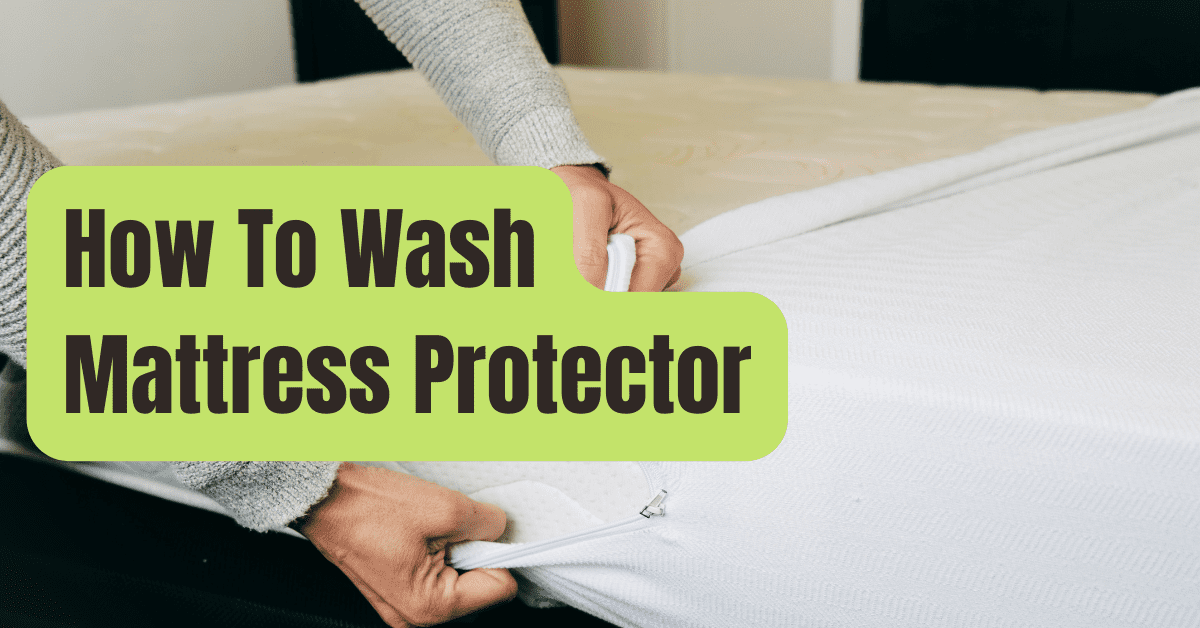
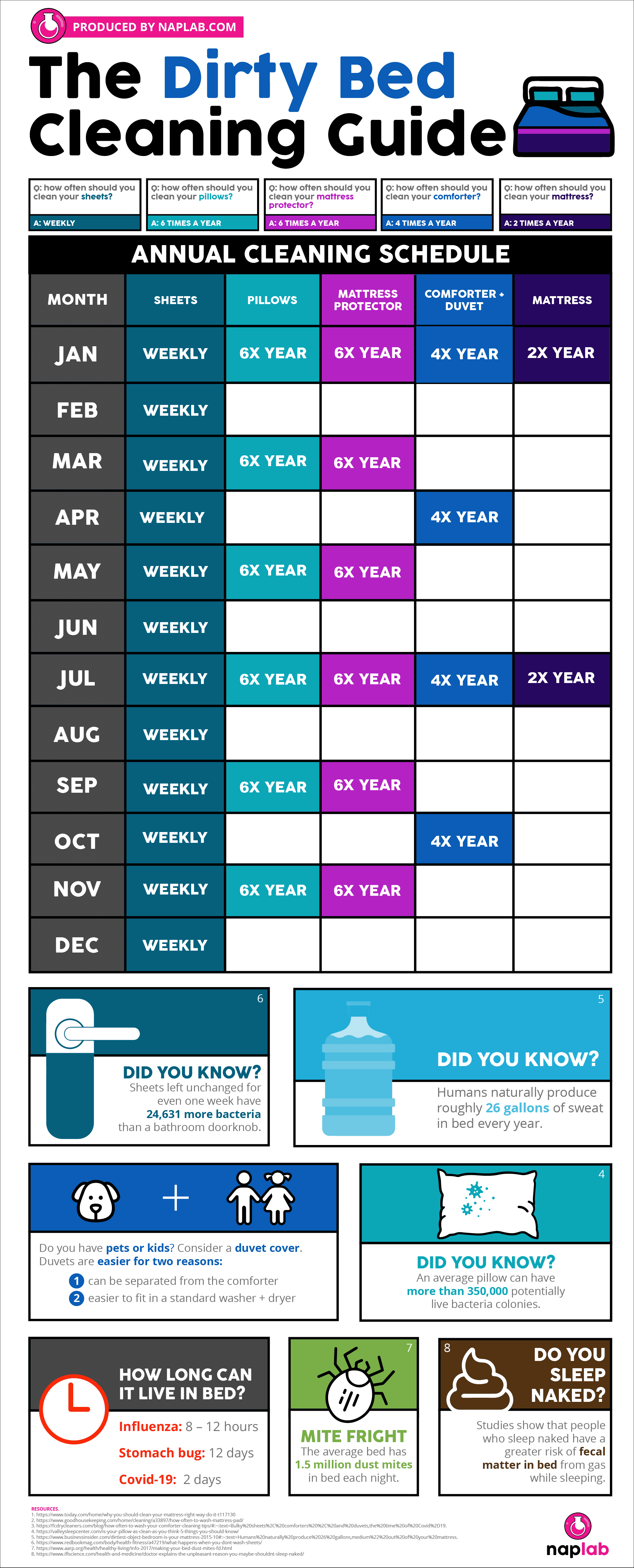


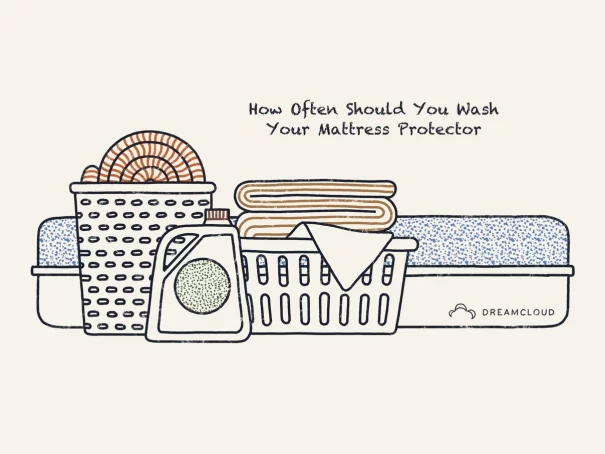


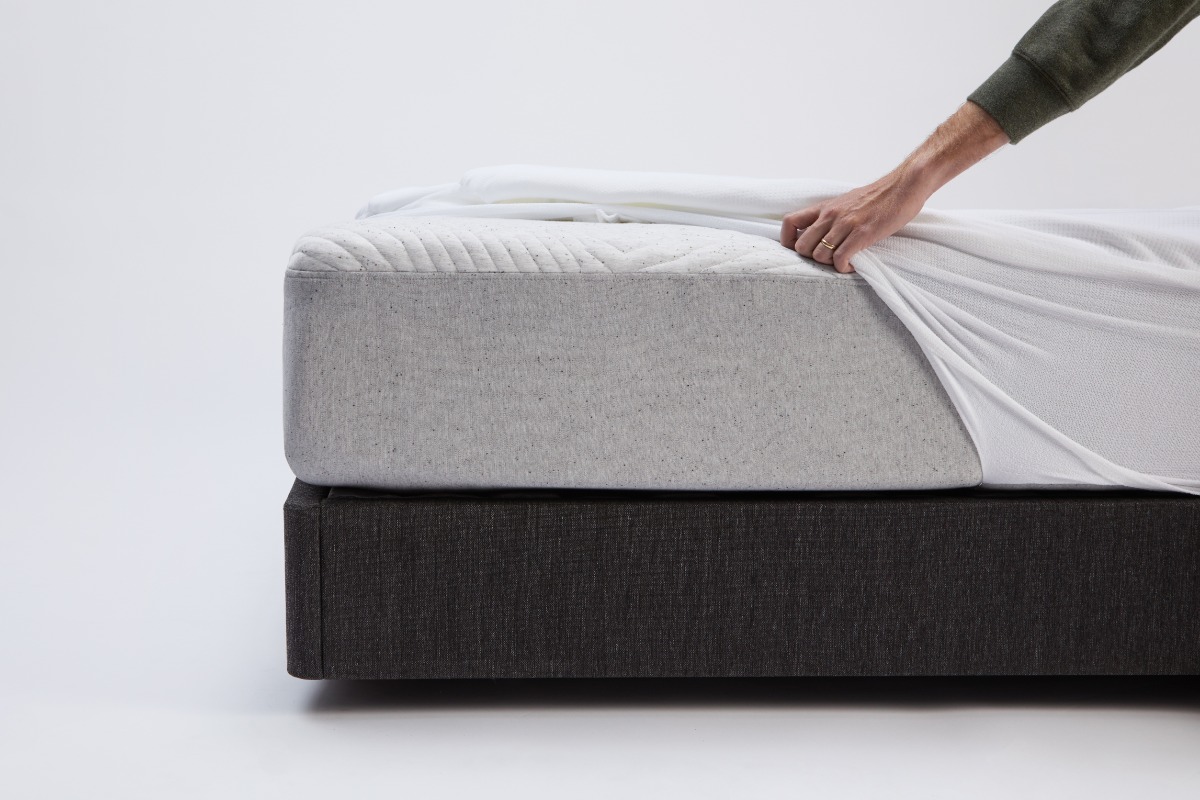






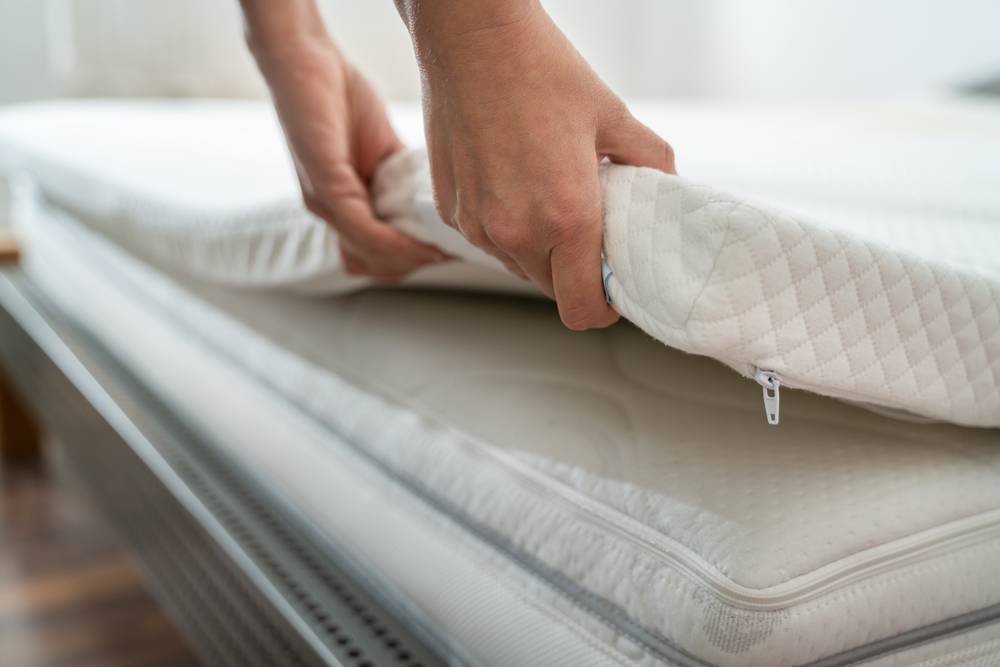
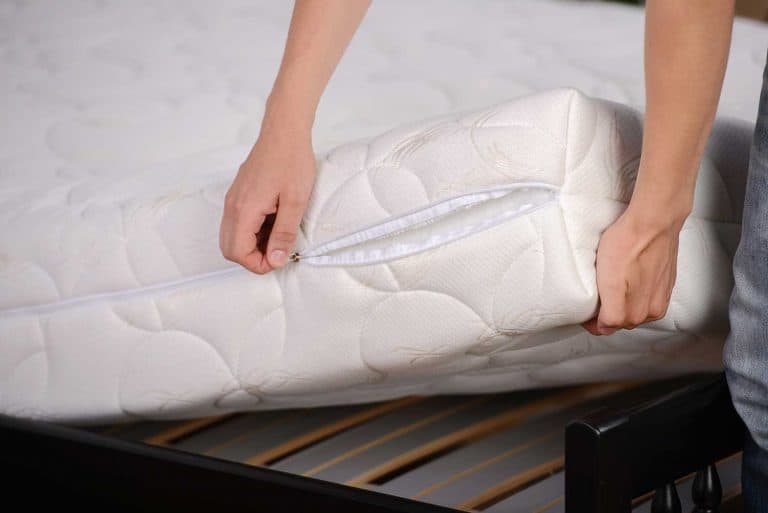
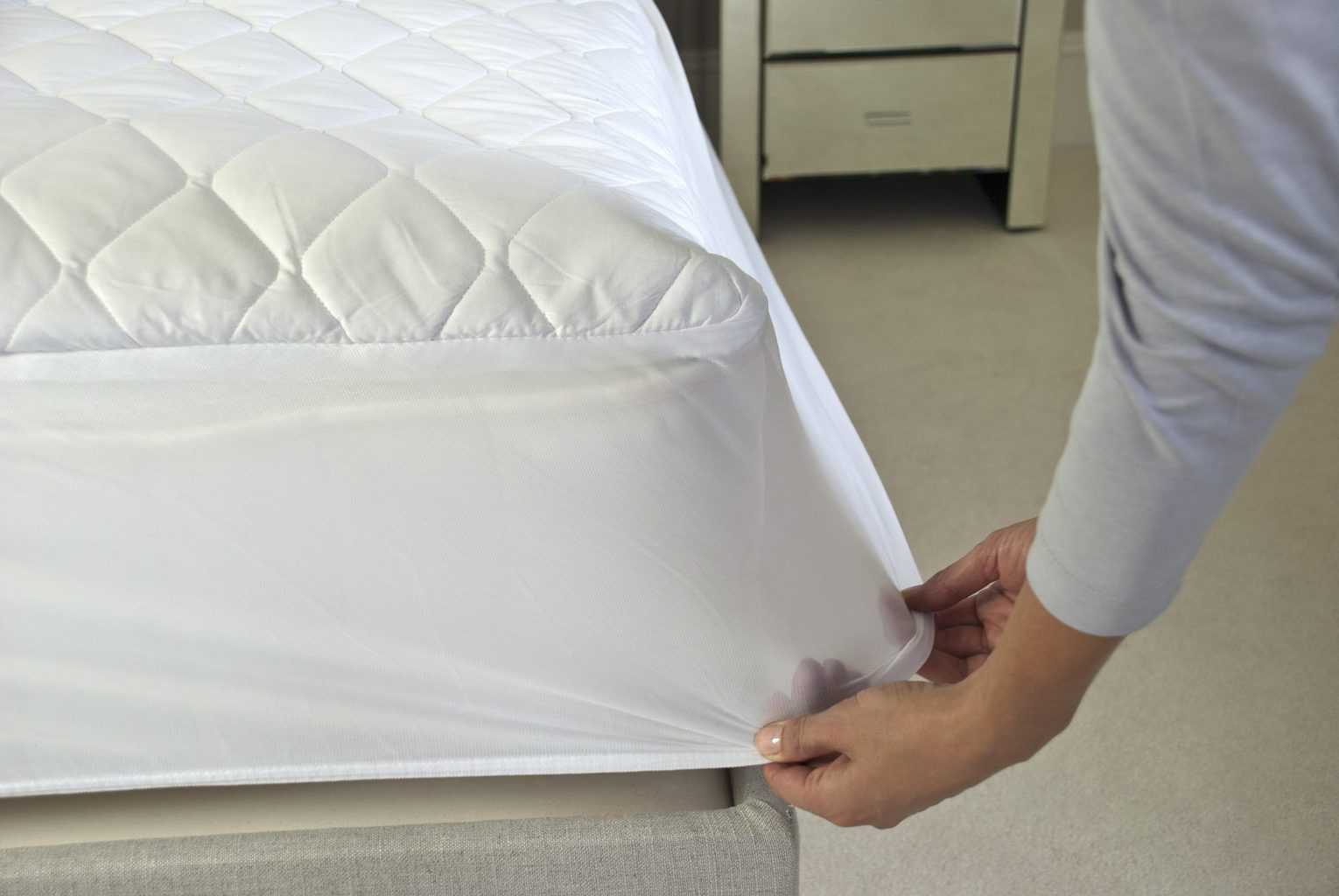

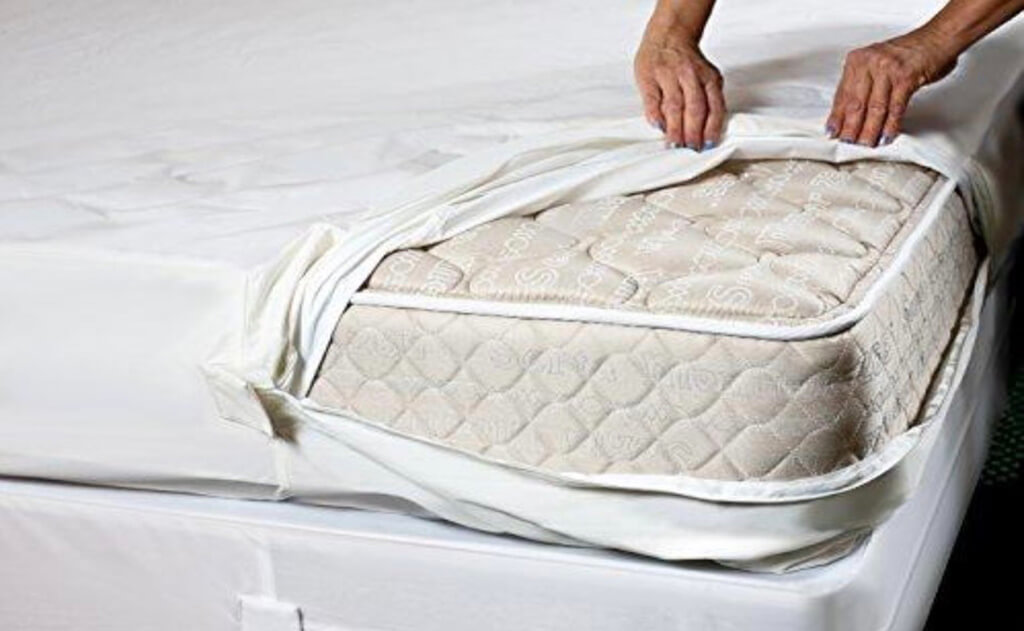







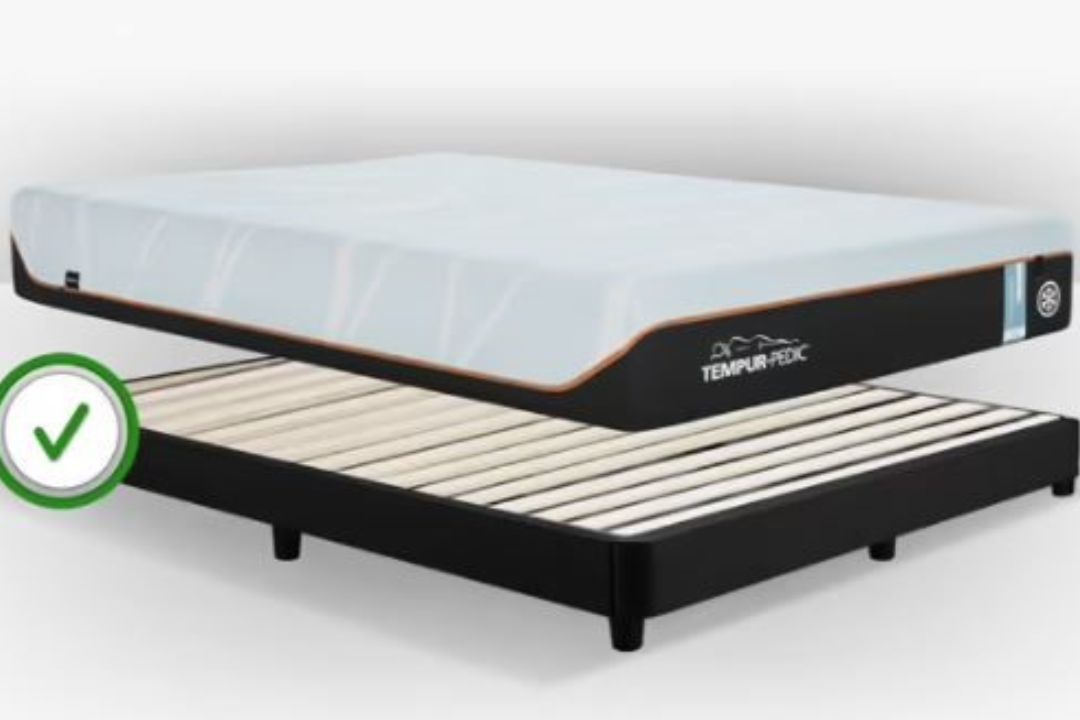


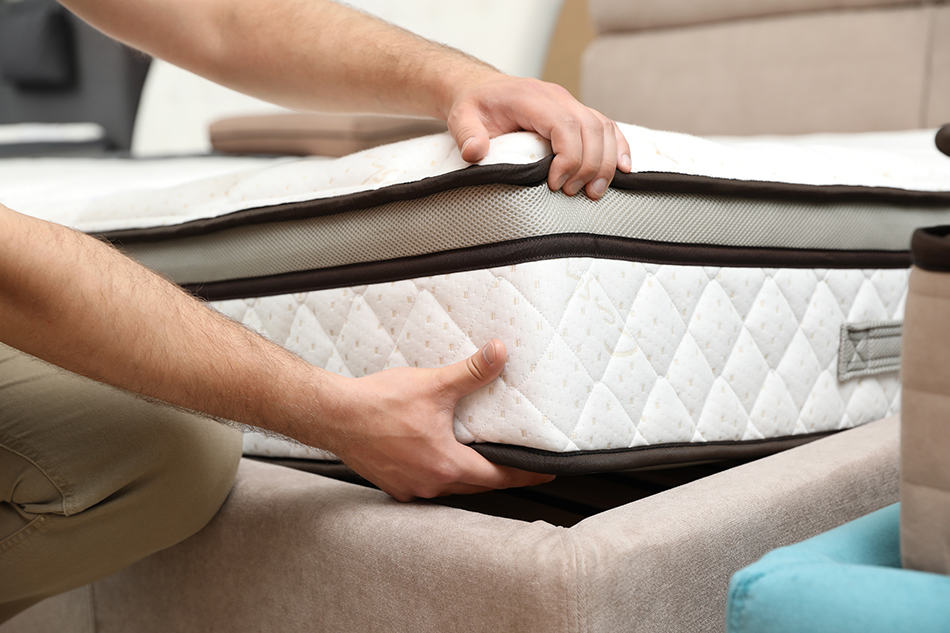


/GettyImages-183812306-56a4e8855f9b58b7d0d9d750.jpg)


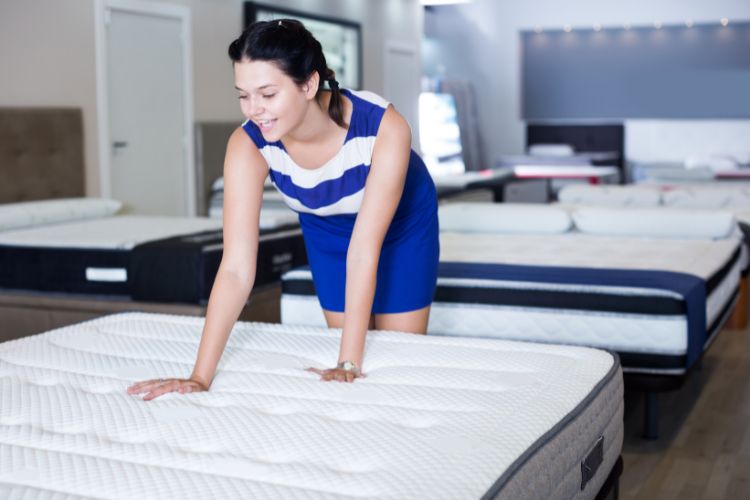
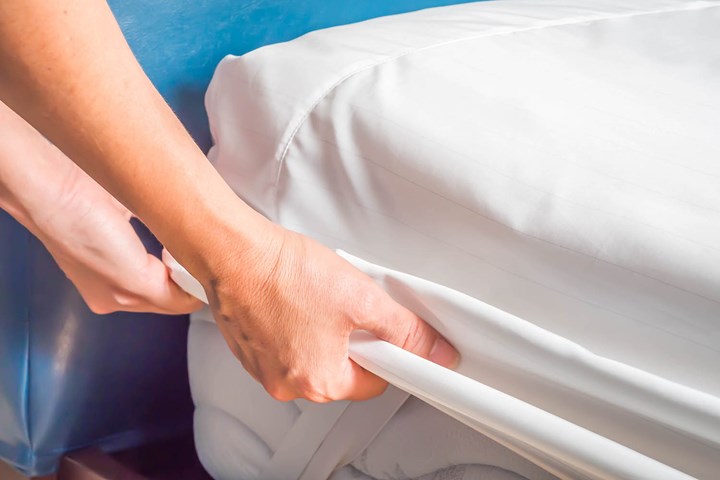












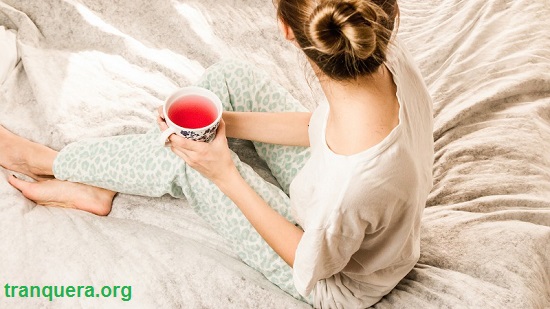
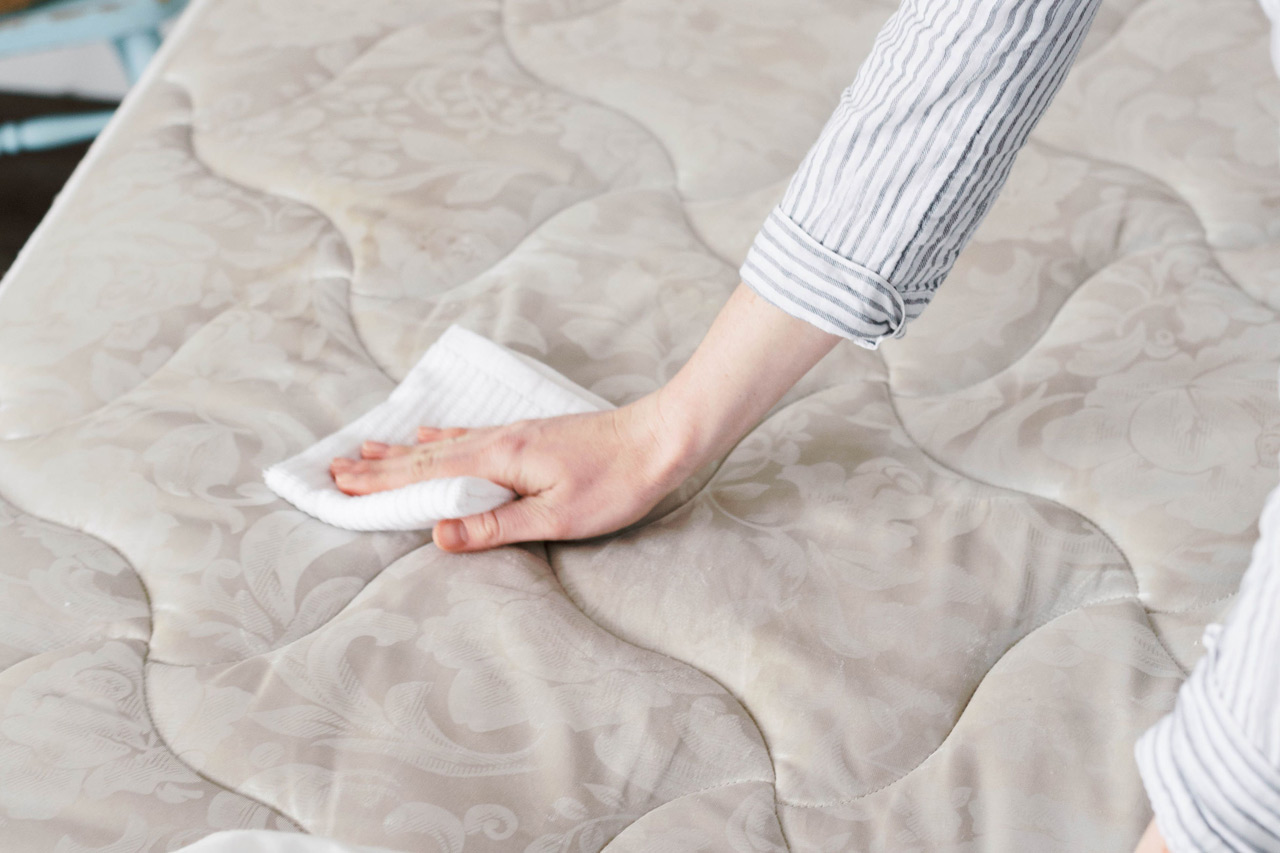



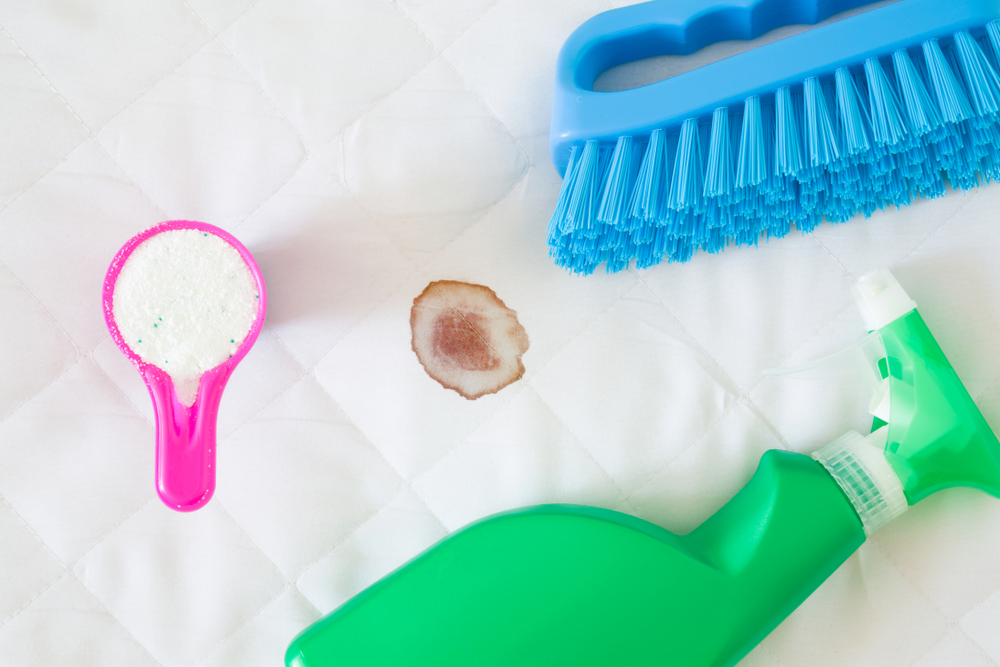
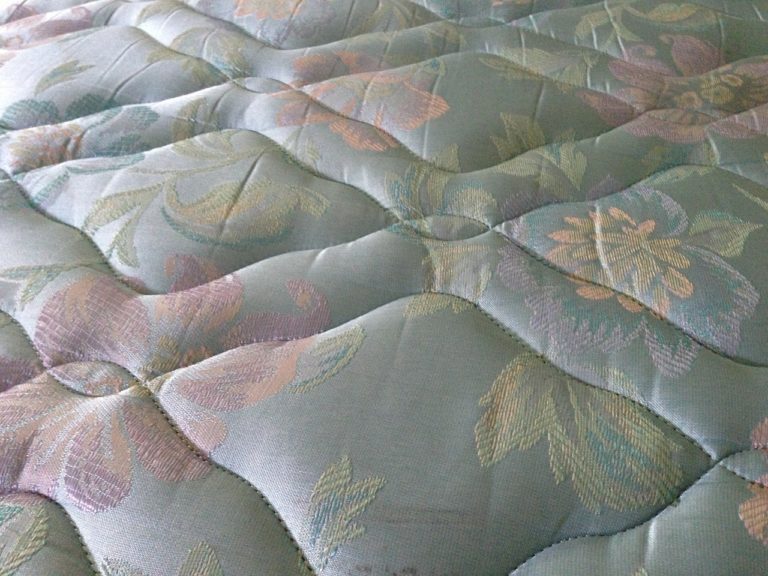





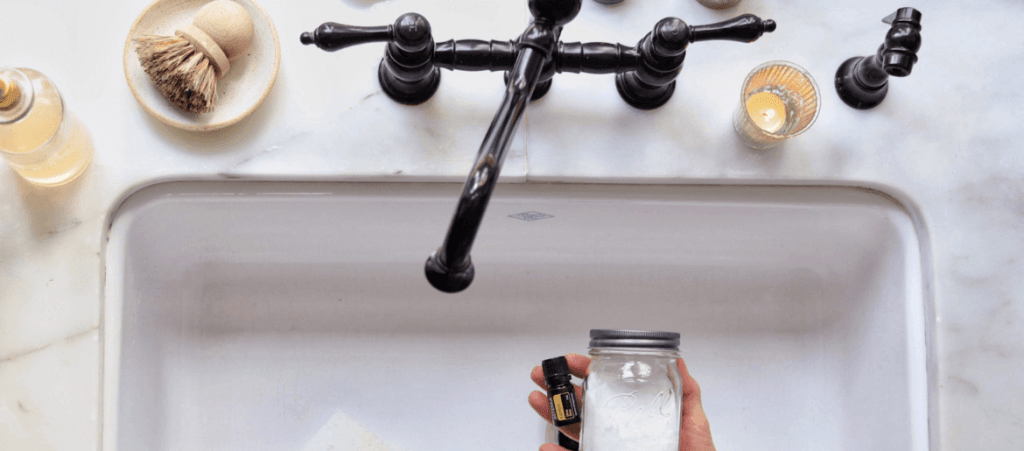

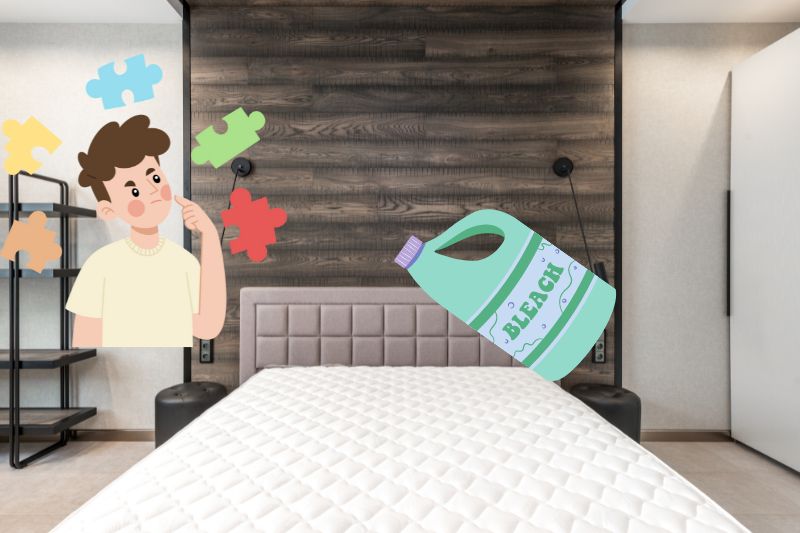
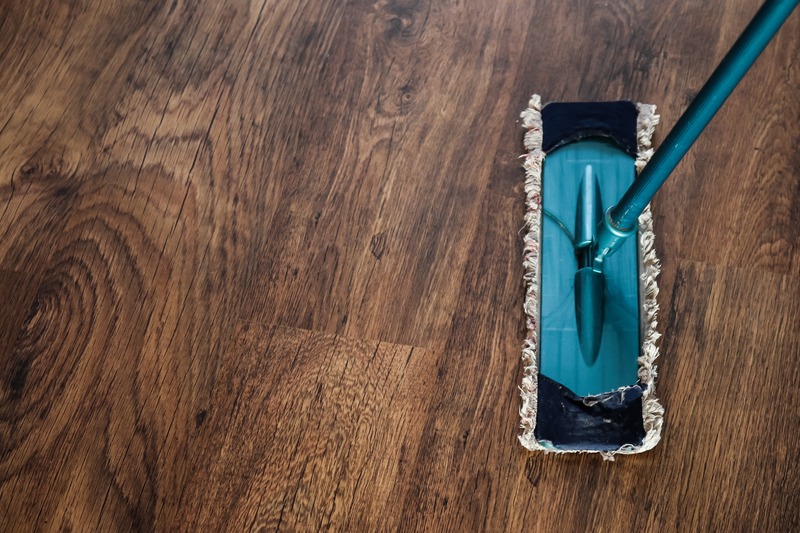



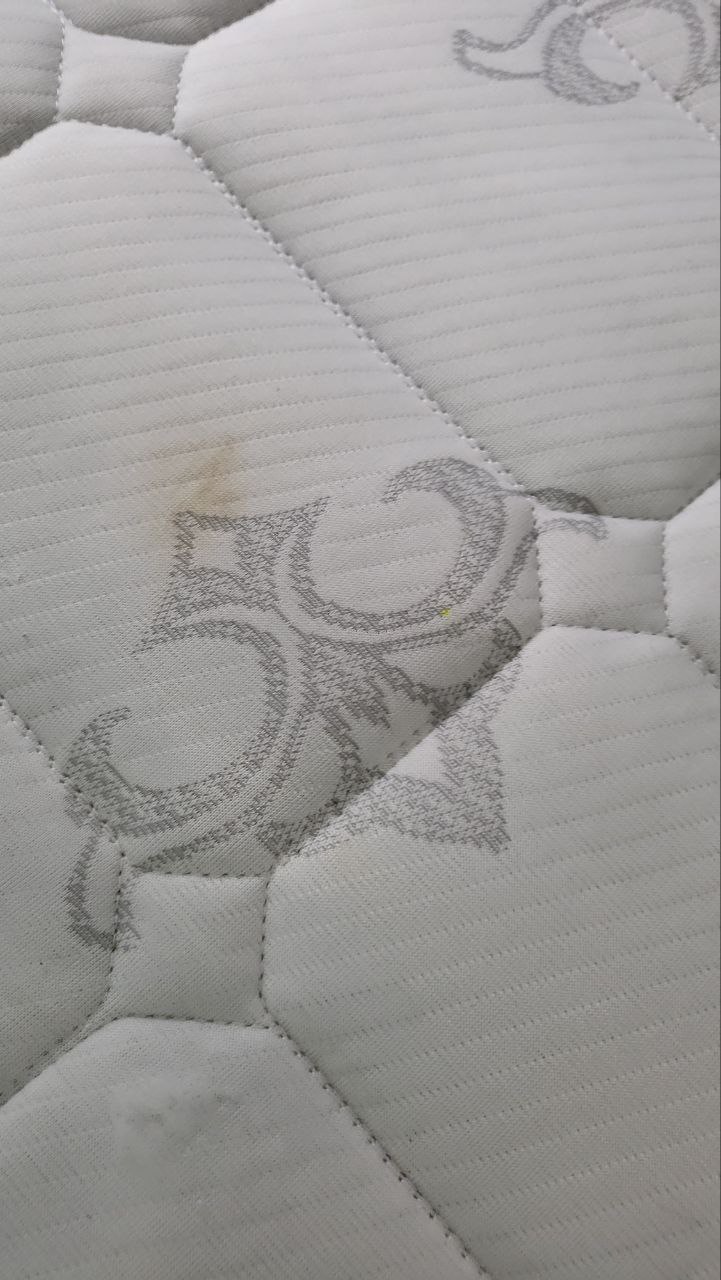



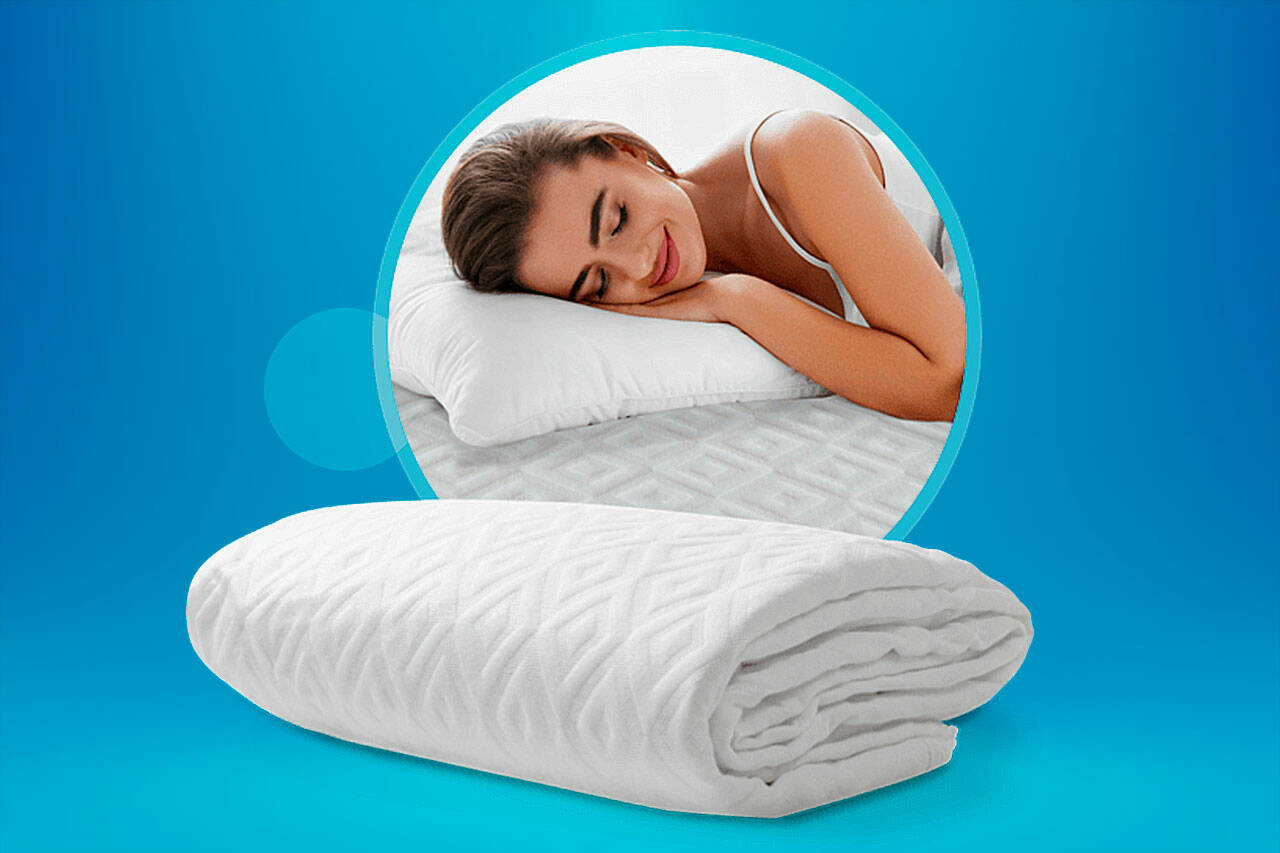

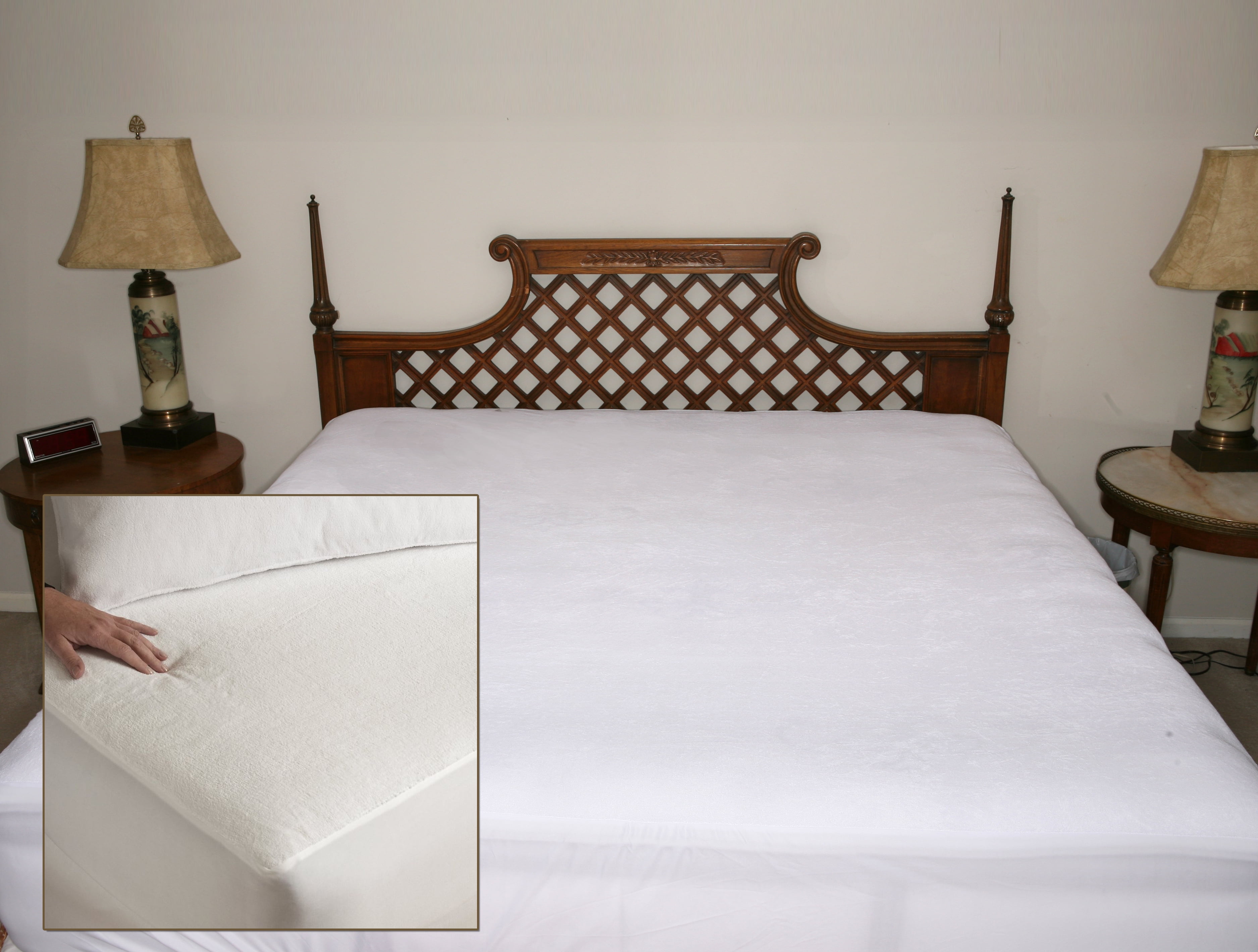




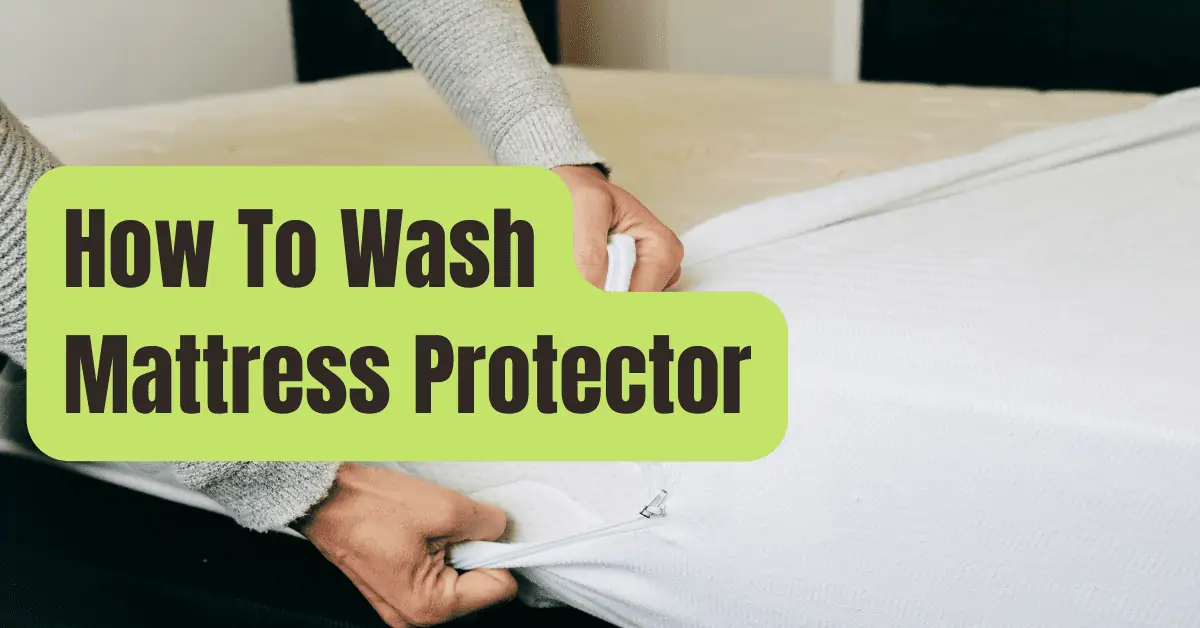






:no_upscale()/cdn.vox-cdn.com/uploads/chorus_image/image/62570452/Hell_s_Kitchen___MAIN_PHOTO.0.0.jpg)
